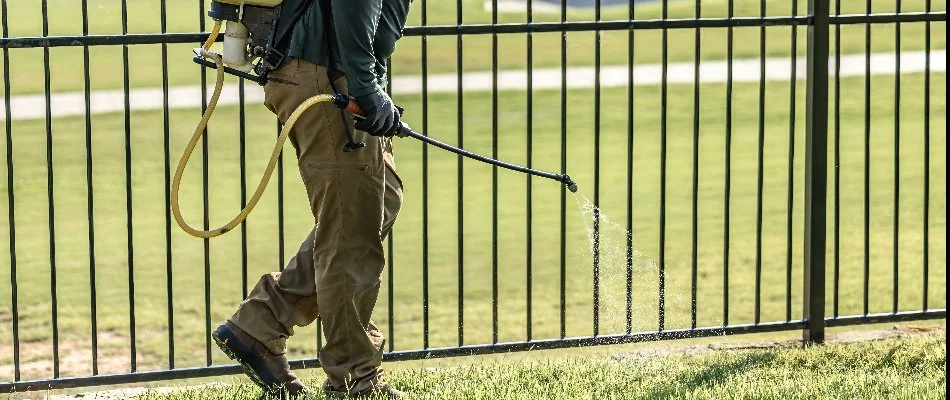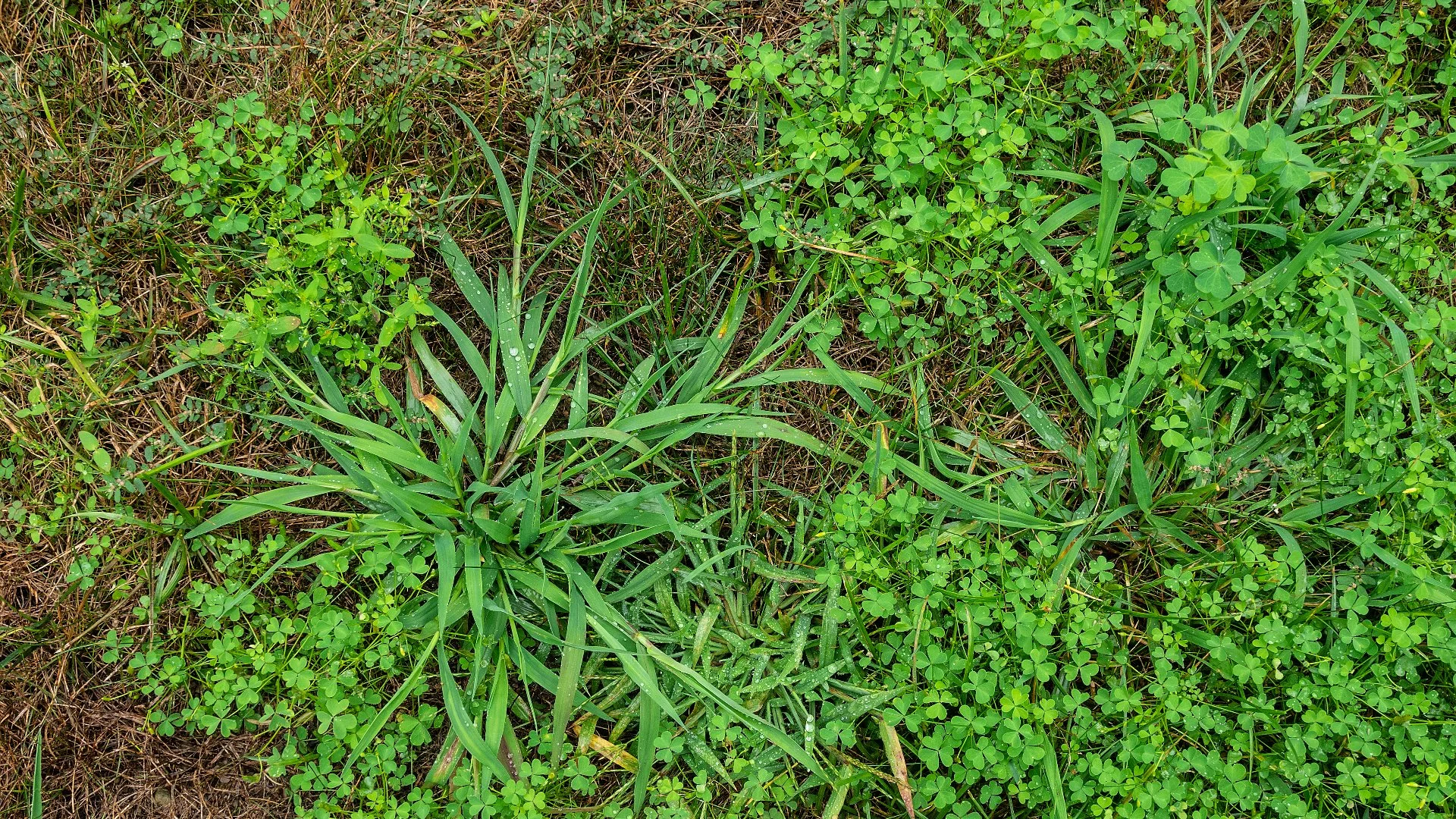Weeds are persistent in trying to take over your lawn in Texas, so you want to ensure it has top-notch protection against them. That's where weed control treatments come in. Weed control is an important part of your fall lawn care as it targets pesky weeds invading your turf. There are two types of weed control that you need to achieve a weed-free lawn: pre- and post-emergent weed control treatments. Pre-emergent treatments prevent weeds from sprouting on your lawn, so they never become an issue in the first place. Meanwhile, post-emergent treatments target existing weeds that emerge on your turf. You need both in your fall lawn care to effectively keep weeds at bay, allowing your grass to absorb the nutrients it needs to transition into the winter season. It's also best to follow a strict schedule to get good results.
What are pre- and post-emergent weed control treatments?

Pre-emergent weed control is a type of weed control that helps you get ahead of pesky weeds. It works by preventing newly germinated weeds from sprouting on your lawn and becoming an invasive problem on your property. Pre-emergent treatments do this by creating a barrier in the soil that inhibits further development of germinated weed seeds, preventing them from reaching the vital resources that they need to continue growing. By applying pre-emergent weed control, you can rest assured knowing your lawn has optimal protection against weeds.
Meanwhile, post-emergent weed control targets existing weeds on your turf. This treatment is applied directly to weeds, eliminating them so they don't steal any more nutrients from your grass. Post-emergent treatments are what you need if you want to take back your lawn from pesky weeds that have already taken a foothold on your turf.
You need to apply both pre- and post-emergent weed control on your lawn for the best results.
If you want a strong and healthy lawn, you want to incorporate both pre- and post-emergent weed control into your fall lawn care routine. Pairing the two ensures a weed-free lawn that can absorb as much nutrients as possible without competition. Pre-emergent treatments prevent weeds from growing, so your lawn does not ever have to fight with them for nutrients. However, some weeds might already be on your lawn and pre-emergent treatments won't work on them. For weeds that are on your turf, you can count on post-emergent treatments. These treatments allow you to target the grown weeds on your lawn, so you can finally achieve a robust, weed-free turf that can survive the winter season.
The Ideal Fall Schedule for Weed Control Treatments
When the cooler temperatures of the fall season start to set in, you want to get your lawn care routine in place to ensure your grass is well-prepped for the winter. Timing the applications is crucial, so make sure you carefully follow a schedule to get the best results. The first treatment should be a pre-emergent weed control treatment in the early fall to get ahead of weeds that might sprout in the fall and winter. You'll want to continue with another pre-emergent treatment in late fall to add another layer of protection for your grass. In the early fall, apply a post-emergent treatment to tackle any weeds that have popped up. That way, your grass won't have to compete with weeds for nutrients before it goes dormant in the winter.
Give us a call today to sign up for our weed control service.
Here at Evergreen Lawn & Landscape, we offer a weed control service to residential properties in Northlake, Argyle, South West Denton, TX, and nearby areas. When you sign up for this service, we will follow a strict schedule to keep your lawn protected against invasive weeds. Each application is 4 to 6 weeks in between, so you can rest easy your turf is consistently weed-free year-round. Give us a call today at (940) 321-3081 to sign up for our weed control service!



Comments (0)
Thanks for your comment!
Thanks for your feedback! Your comments have been successfully submitted! Please note, all comments require admin approval prior to display.
Error submitting comment!
There is a problem with your comment, please see below and try again.